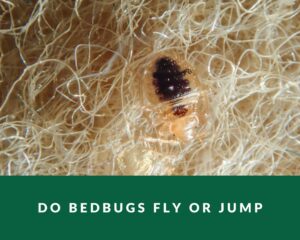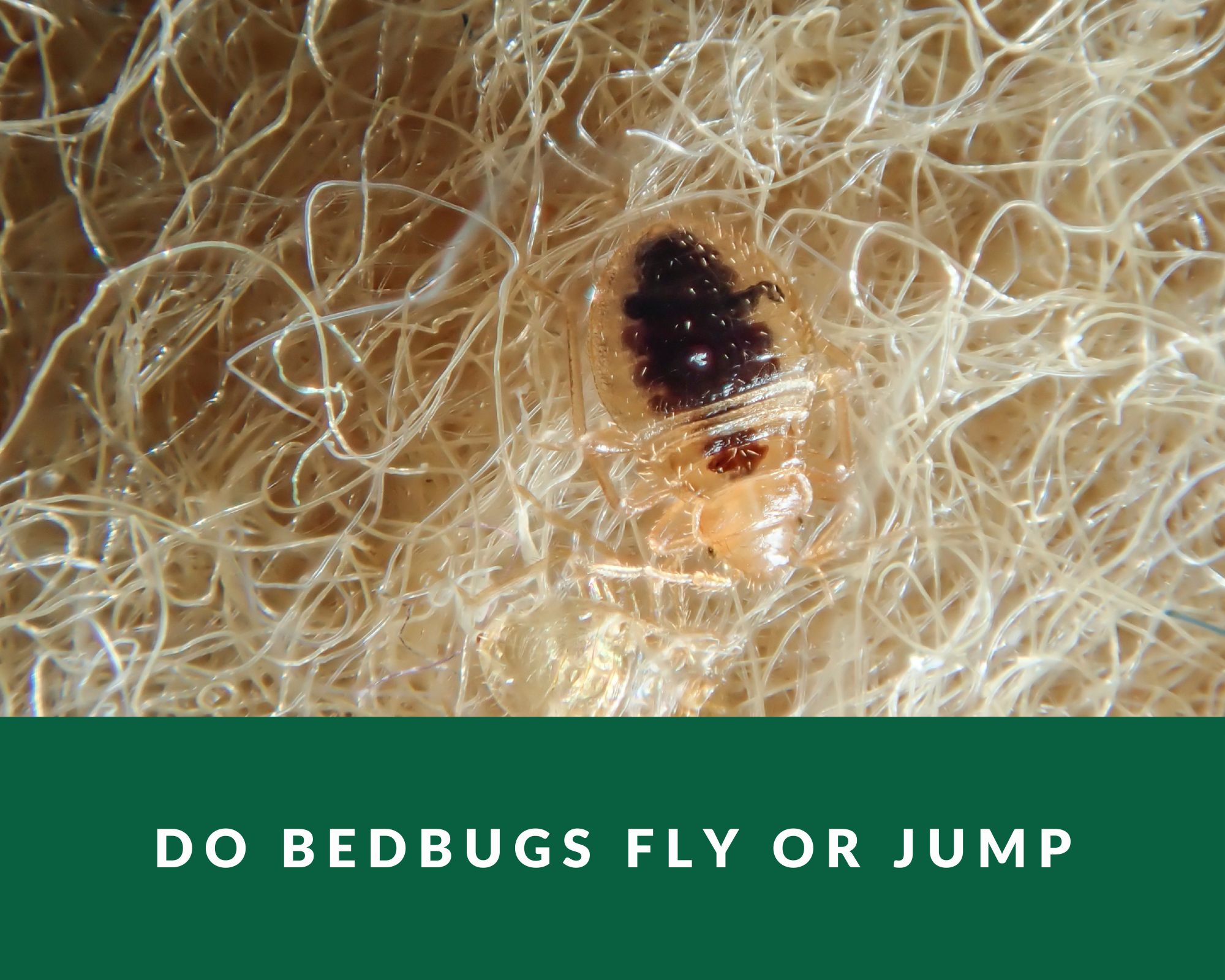Do bed bugs fly or jump

Have you previously questioned whether a little, leaping bug on your mattress was a bed bug?
A leaping bug typically means you have fleas, however, that raises the following queries: If so, do they jump? How do I stop bed bugs from spreading?
These are the most frequently asked questions about bedbugs.
To distinguish between bed bugs and other potential pests, we’ll attempt these questions and more.
Overview of bed bugs
These ugly insects are reddish-brown in appearance and range in size from 1mm to 7mm.
They could go months without eating even though they are blood-dependent.
With a healthy female bed bug capable of producing up to 500 eggs throughout her lifespan, a major infestation can develop in a matter of weeks.
Let’s get into the question.
Do bed bugs fly or jump?
Due to its rapid movement, bed bugs may look likely to fly.
Bed bugs are unable to fly since they lack wings. Neither do they jump. They are capable of extensive travel. Their bodies are huge and rather thick, and they have short legs.
They are physiologically incapable of flying or jumping.
Hallways, heating ducts, and mail or laundry chutes are no match for them.
It’s been observed that they move effortlessly through housing complexes.
Therefore, how do bed bugs spread from one location to the next?
How do bed bugs move
Bed bugs move by crawling. They have six legs and can move quickly over a variety of surfaces, including smooth surfaces like wood and metal. Bed bugs can also climb walls and ceilings.
Typically, you’ll see them crawling on ceilings or walls.
Bed bugs are far more active at night. The spines on their wings and feet allow them to grasp onto a structure.
They can also squeeze into holes and cracks thanks to their flat bodies.
The majority of a bed bug’s life is spent in hiding. This makes it possible for them to travel covertly from one location to another.
The pathway exits, gaps, and crevices are just a few areas where these flat bugs might conceal themselves.
How fast do bed bugs crawl
Bed bugs have a maximum speed of 4 feet per minute.
Although they rarely move at such a pace, it is their top speed.
In reality, bed bugs are capable of traveling 100 feet or more in a single hour.
This indicates that a bed bug might travel from place to place in only an hour or less, irrespective of how they are fitting through wall crevices or even going.
How to prevent bed bugs from spreading
- Declutter your home.
- Regularly vacuum the area around and underneath beds.
- Fill in any gaps or cracks in furniture, window frames, ceilings, windows, door frames, wooden bed frames, and between headboards.
- Examine any openings that provide access to the interior of the wall and any entry points on walls that you share with your neighbors.
- Exercise extreme caution when purchasing used or redeveloped goods.
- Before bringing anything into your home for the first time, including new furniture or used books, inspect it.
- Demand that your new mattress be sealed before it is delivered if you are purchasing a new one.
- Before loading anything into your car, double-check it, and do the same after volunteering to help a friend relocate.
The takeaway
That bed bugs can fly is only a myth because they do not have wings. Additionally, bed bugs cannot jump very far, unlike certain flightless insects like fleas. Although they usually do it by crawling, bed bugs are capable of moving from home to home.
Bed bugs are not visible leaping or flying insects in your bed. It’s possible that crawling insects that bite you in a zigzag or clumped manner are.
Although bed bugs are unpleasant, they are typically not dangerous.
A professional’s advice will enable you to address the issue as quickly as possible.
Other Related Articles

